
Japan's Sharp tumbles to $1.9 billion loss on hefty writedown
TOKYO Sharp Corp, the Japanese electronics maker owned by Taiwan's Foxconn, posted on Thursday a full-year loss of
2023-05-11 15:27
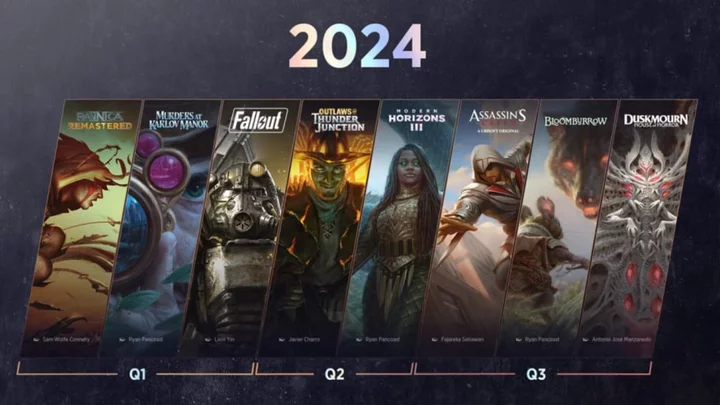
MTG Set Release Calendar 2024
Magic: the Gathering's release schedule for 2024 is packed with new planes and videogame crossover events.
2023-08-08 00:27

Most Overpowered Weapons and Legends for Apex Legends Season 19
The most overpowered weapons and Legends for Apex Legends Season 19 are the Nemesis AR, Wingman, Bangalore, and Wraith, all unstoppable when utilized correctly.
2023-11-14 03:56

The Google Pixel 7a and Pixel Fold Land at the Nation’s Most Awarded 5G Network
BELLEVUE, Wash.--(BUSINESS WIRE)--May 10, 2023--
2023-05-11 03:54

Global Banks Aren’t Walking The Talk on Emissions, Study Shows
The world’s biggest banks aren’t telling stakeholders what they need to know to judge how big the industry’s
2023-09-05 10:56

Is Jonah Hill a ‘narcissist’? Internet backs actor after ex Sarah Brady accuses him of emotional abuse
Sarah Brady shared screenshots of conversations with people discussing Jonah Hill's behavior and the trauma it caused her
2023-07-11 14:47

Valorant Deadlock Recruitment Event End Date
The Valorant Deadlock Recruitment Event ends on July 25, 2023, giving players just 28 days to unlock Deadlock by collecting 200,000 XP.
2023-06-29 02:20
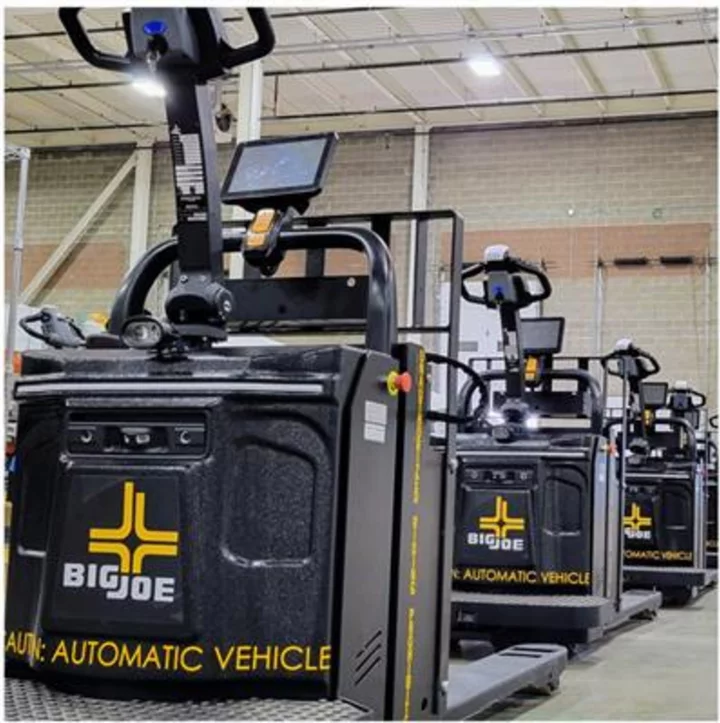
Big Joe Boosts Automation Capabilities with New AMR Features and Key Personnel
LAS VEGAS--(BUSINESS WIRE)--Sep 11, 2023--
2023-09-12 00:20
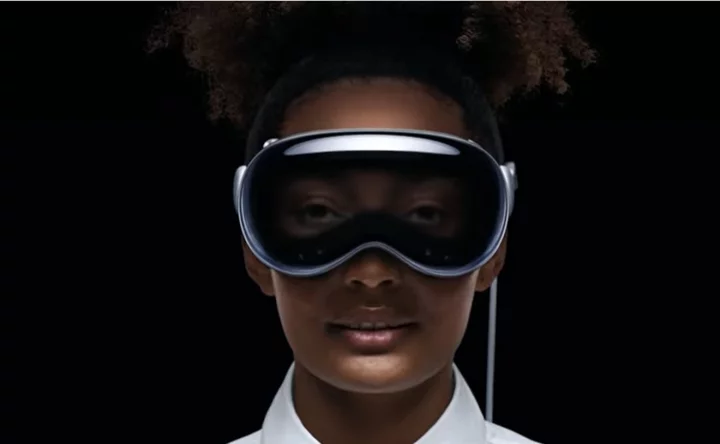
Apple keynote 2023 – live: ‘Revolutionary’ $3,499 Vision Pro headset heralds ‘new era’
Apple held one of its biggest events of the last decade on Monday, launching a product that could redefine the way we look at the world. The company’s annual Worldwide Developers Conference (WWDC) began with a keynote from Apple Park in California led by CEO Tim Cook, who described the company’s new $3,499 (£2,800) Vision Pro headset as “revolutionary”. The device combines virtual reality and augmented reality, with Apple claiming it heralds a “new era of spatial computing”. The world’s most valuable company also used the keynote to unveil a major overhaul of its Mac lineup, as updates for its other platforms. This year, that meant the release of iOS 17 for iPhones, WatchOS 10 for Apple Watch, and a new iPadOS. The Vision Pro also came with its own software, called VisionOS, which supports many of the same apps found on iPhones. You can read how it unfolded here, as well as follow all the latest updates from our on-the-ground coverage of WWDC 2023.
2023-06-06 16:48

The best VPNs for torrenting
This content originally appeared on Mashable for a US audience and has been adapted for
2023-08-03 18:52

Sasol Legal Cases Mount Over Pipeline Charges, Emissions Limits
Sasol Ltd. is opposing a legal bid by South Africa’s state-owned logistics company to claw back almost 816
2023-08-29 13:25

'Hypocrite' Andrew Tate shames Amanda Holden over bikini pics, asserts 'you're far past a teenager', trolls ask 'are you Twitter moral police?'
Andrew Tate shames Amanda Holden, tells her to behave her age on social media
2023-07-31 14:26
You Might Like...
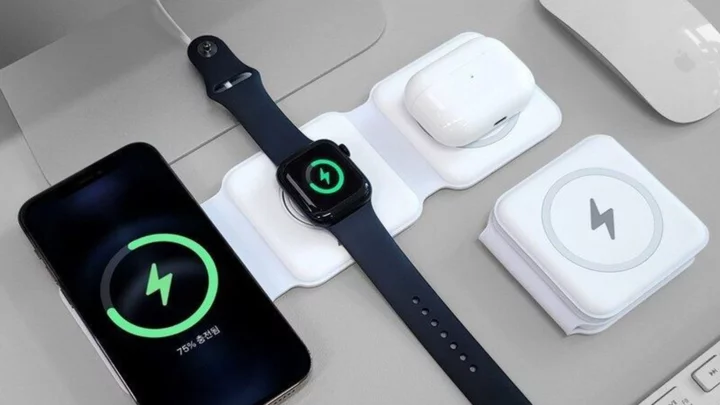
This $33 foldable wireless charger can power 3 devices
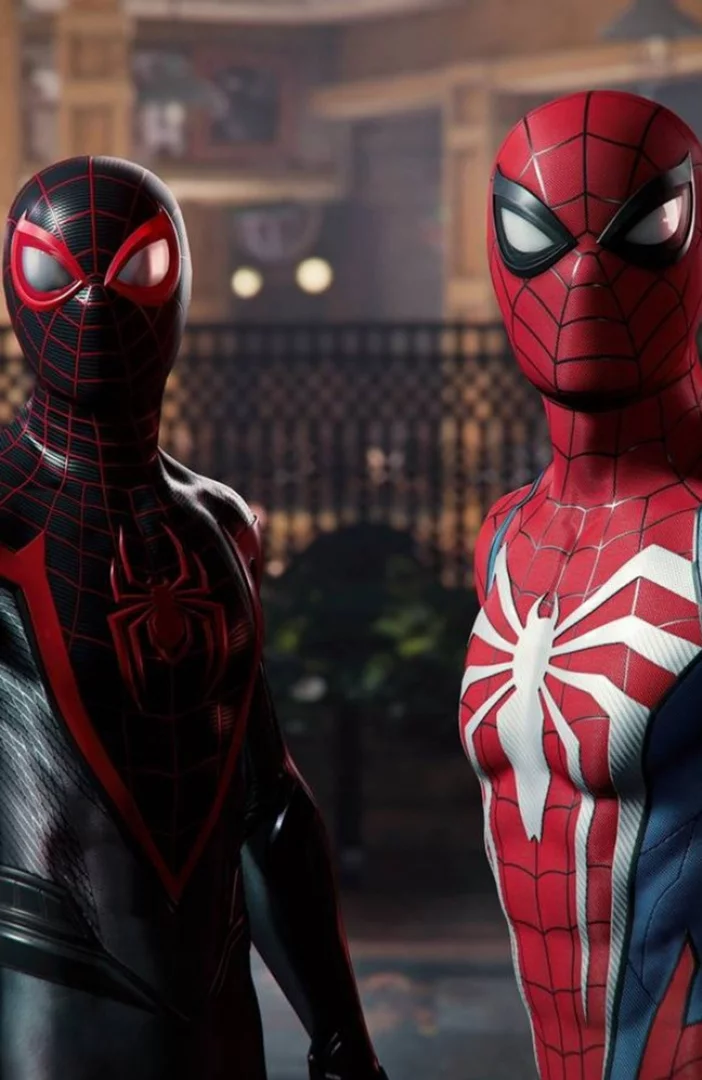
Marvel's Spider-Man 2 story trailer is here! And there's plenty of Venom action
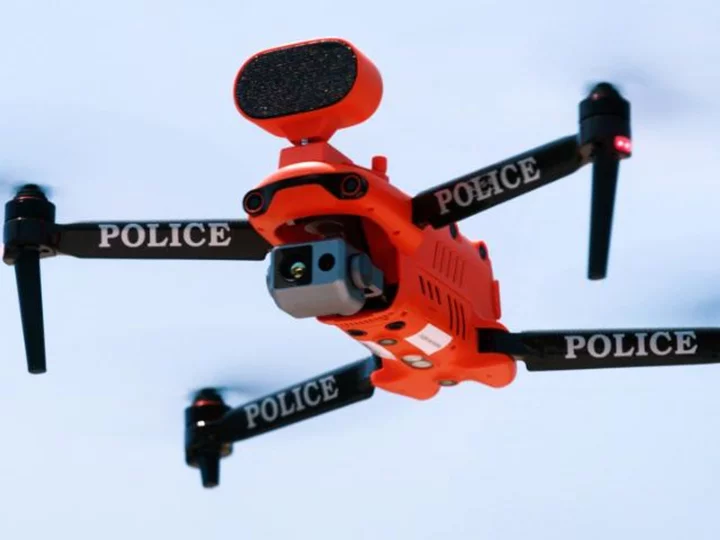
After a string of shark attacks, here's how officers at one New York beach use drones to keep swimmers safe

Amazon's logistics workers in Spain plan Cyber Monday walk-outs

Durabook Upgrades U11 Rugged Tablet With 12th Gen Intel® CPU and Architectural Innovations to Establish the Most Versatile 11-inch Rugged Tablet

Is xQc OK? Kick streamer faces criticism for overlooking Newton's third law during fiery 'Lies of P' clash: 'He is a danger to himself'
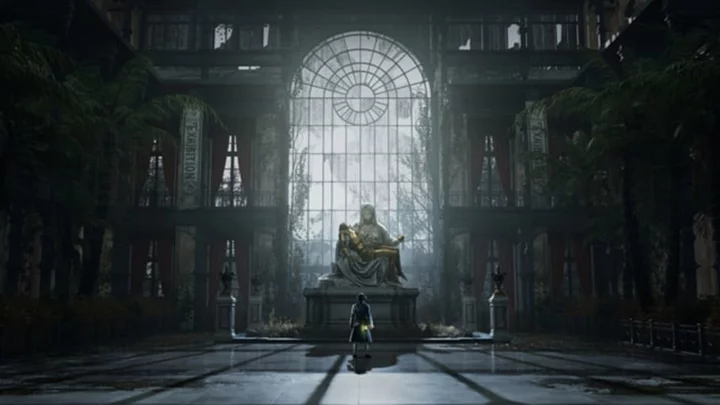
Lies of P Controller Not Working: How to Fix

'Sister Wives' star Meri Brown slammed for using Facetune to hide wrinkles: 'Skin changes as you age'
